Ask AI on The Internet
Question: (B) Independent Station: The Hero’s Journey What are the attributes of the different types of heroes? How are they similar? How are they different? What are the stages of the Hero’s Journey? Why is each stage important? Create a Hero’s Journey graphic organizer for your favorite movie or book. (C) Historical Background Station: Anglo-Saxon Who Were the Anglo Saxons? What are some of the values that were important to the Anglo Saxon culture? What is the Mead Hall? Why is the Mead Hall important in the Anglo-Saxon culture? (D) Connection Station: Modern Day Hero Connection List 3 characters from TV, Movies, or Books that defend others. Why do these people take this action(selfish or selfless)? Think of your own life. Have you ever taken action to defend the helpless? Why did you choose to take action?
### (B) Independent Station: The Hero’s Journey #### Attributes of Different Types of Heroes: 1. **Classic Heroes:** - Often possess noble qualities. - Typically have supernatural or exceptional abilities. - Embark on a quest or mission. - Example: King Arthur, Achilles. 2. **Everyday Heroes:** - Ordinary individuals who perform extraordinary acts. - Often driven by a sense of duty, compassion, or morality. - Example: firefighters, doctors, activists. 3. **Anti-Heroes:** - Characters with flaws and morally ambiguous traits. - Might not have typical heroic qualities but achieve heroic feats. - Example: Han Solo, Deadpool. 4. **Reluctant Heroes:** - Initially do not want to take on the hero's role. - Often motivated by a personal struggle or external force. - Example: Frodo Baggins, Katniss Everdeen. #### Similarities & Differences: - **Similarities:** - Often face a significant challenge or antagonist. - Undergo personal growth or transformation. - Inspire others through their actions. - **Differences:** - Background and motivations. - Methods and moral compass. - Perceived by others (some might be seen as villains). #### Stages of the Hero’s Journey: 1. **Ordinary World:** The hero's normal life before the adventure begins. (Sets up the hero's background and character.) 2. **Call to Adventure:** The hero is faced with a problem or challenge. (Initiates the hero's journey.) 3. **Refusal of the Call:** The hero hesitates to accept the challenge. (Shows the hero's human side and potential internal conflict.) 4. **Meeting the Mentor:** The hero encounters a guide or helper. (Provides the hero with wisdom, training, or magical aid.) 5. **Crossing the Threshold:** The hero commits to the adventure. (Marks the beginning of a new and unfamiliar world.) 6. **Tests, Allies, and Enemies:** The hero faces challenges and meets friends and foes. (Develops the hero's skills and relationships.) 7. **Approach to the Inmost Cave:** The hero prepares for a significant challenge. (Shows the hero’s preparation and internal struggle.) 8. **Ordeal:** The hero faces a major hurdle or life-or-death crisis. (Central test where the hero faces the greatest fear.) 9. **Reward (Seizing the Sword):** The hero gains a treasure or significant achievement. (Represents triumph and transformation.) 10. **The Road Back:** The hero begins the journey back to the ordinary world. (Shows the consequences of the hero's actions.) 11. **Resurrection:** The hero faces a final test, where everything is at stake. (Represents the hero's rebirth and ultimate growth.) 12. **Return with the Elixir:** The hero returns home changed and with a reward. (Shows the completion of the journey and its impact on the community.) **Each stage is important because it provides a framework for character development, plot progression, and thematic revelation.** #### Hero’s Journey Graphic Organizer: - **Movie/Book:** "The Lion King" - **Ordinary World:** Simba's life in Pride Rock. - **Call to Adventure:** Mufasa tells Simba about the circle of life. - **Refusal of the Call:** Simba fears responsibility and Scar's treachery. - **Meeting the Mentor:** Rafiki and Mufasa's spirit. - **Crossing the Threshold:** Simba leaves the pride and meets Timon and Pumbaa. - **Tests, Allies, and Enemies:** Simba grows in the jungle, befriends Timon and Pumbaa, and faces the memory of his past. - **Approach to the Inmost Cave:** Nala finds Simba and asks him to return. - **Ordeal:** Simba confronts Scar and the truth about his father's death. - **Reward:** Simba overcomes Scar and takes his place as king. - **The Road Back:** Restoring order to the Pride Lands. - **Resurrection:** Simba fully embraces his role as king. - **Return with the Elixir:** Simba leads the Pride Lands with wisdom and courage. ### (C) Historical Background Station: Anglo-Saxon #### Who Were the Anglo-Saxons? - A group of tribes from Germany, Denmark, and the Netherlands who migrated to England in the early Middle Ages (5th to 11th centuries). - They established several kingdoms, including Wessex, Mercia, Northumbria, and East Anglia. - Known for their warrior culture and emphasis on kinship and honor. #### Important Values in Anglo-Saxon Culture: - **Loyalty**: To family, friends, and leaders. - **Bravery**: Especially in battle and in the face of danger. - **Honor**: Reputation and legacy were highly important. - **Generosity**: Leaders were expected to share wealth with their followers. - **Wisdom**: Valued knowledge and counsel from experienced individuals. #### The Mead Hall: - **Definition:** A communal hall where the tribe's leader lives and hosts feasts, meetings, and ceremonies. - **Importance:** - Central place for socializing and storytelling. - Reinforced community bonds and leadership. - A venue for distributing rewards and demonstrating generosity. ### (D) Connection Station: Modern Day Hero Connection #### List 3 Characters from TV, Movies, or Books that Defend Others: 1. **Harry Potter (Harry Potter Series)** 2. **Wonder Woman (Wonder Woman)** 3. **Atticus Finch (To Kill a Mockingbird)** #### Why Do These People Take This Action? - **Selfless Motives:** - **Harry Potter:** Driven by love, friendship, and a desire to combat evil. - **Wonder Woman:** Compassionate and dedicated to protecting humanity. - **Atticus Finch:** Upholds justice, equality, and moral integrity. #### Personal Reflection: - Reflect on a specific time when you acted to defend someone who needed help. - Consider motivations: Was it a sense of duty, empathy, or something else? - Think about the impact of your actions on yourself and others involved. #### Example: - **Scenario:** Defending a classmate from bullying. - **Motivation:** Empathy for the victim and a belief in fairness and justice. - **Impact:** Helped the classmate feel supported and raised awareness about bullying among peers.
Think your answer is better than the AI's? Post it below.
Other Most Relevant Posts:
 Title for (B): The Journey of Heroes
Title for (C): Uncovering Anglo-Saxon Heritage
Title for (D): Fictional and Real-Life Defenders
Title for (B): The Journey of Heroes
Title for (C): Uncovering Anglo-Saxon Heritage
Title for (D): Fictional and Real-Life Defenders
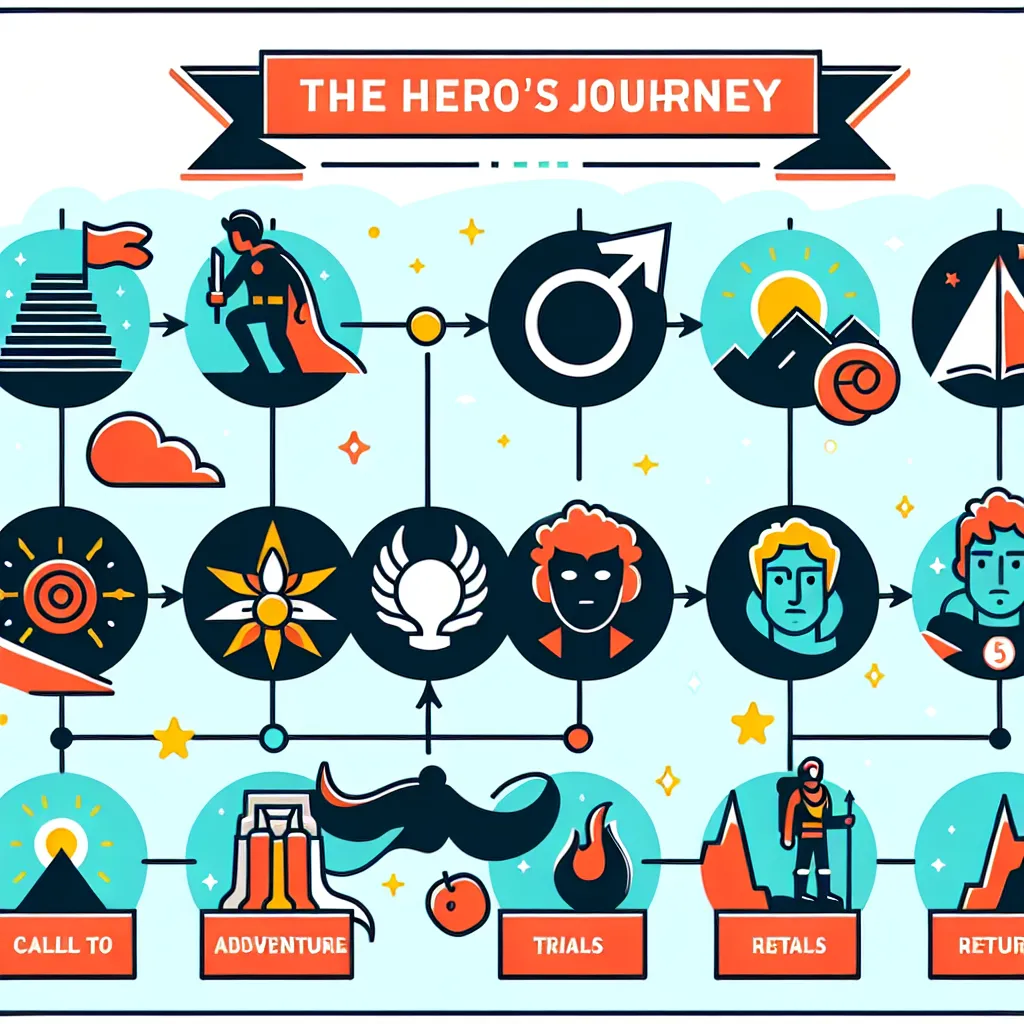 (B) Independent Station: The Hero’s Journey - "The Hero’s Quest: Traits and Stages"
(C) Historical Background Station: Anglo-Saxon - "Anglo-Saxons: Culture and Society"
(D) Connection Station:
(B) Independent Station: The Hero’s Journey - "The Hero’s Quest: Traits and Stages"
(C) Historical Background Station: Anglo-Saxon - "Anglo-Saxons: Culture and Society"
(D) Connection Station:
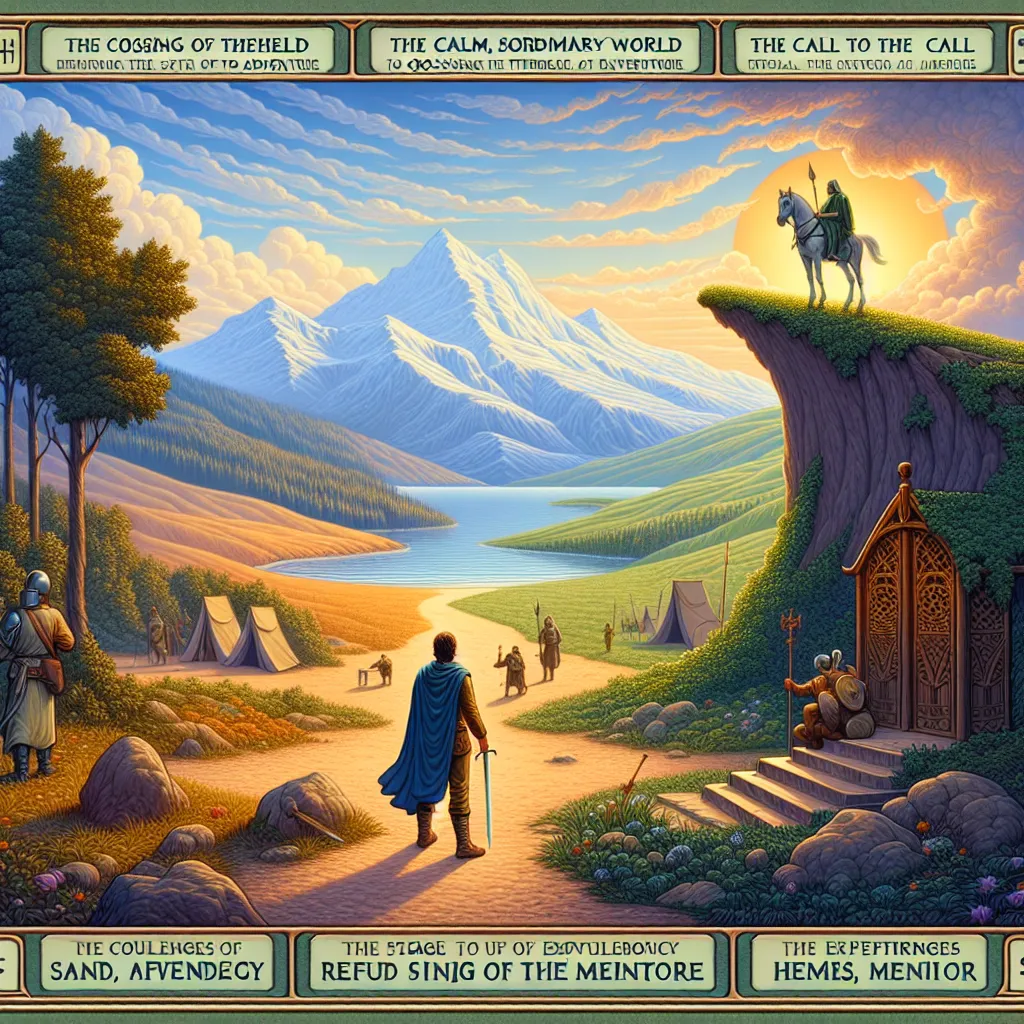 1. Unveiling the Hero Within: Heroes' Attributes & Stages
2. The Hero’s Journey: Stages of Transformation
3. Anglo-Saxon Culture: Values & Echoes of Valor
4. Modern Guardians: Defending the Helpless
1. Unveiling the Hero Within: Heroes' Attributes & Stages
2. The Hero’s Journey: Stages of Transformation
3. Anglo-Saxon Culture: Values & Echoes of Valor
4. Modern Guardians: Defending the Helpless
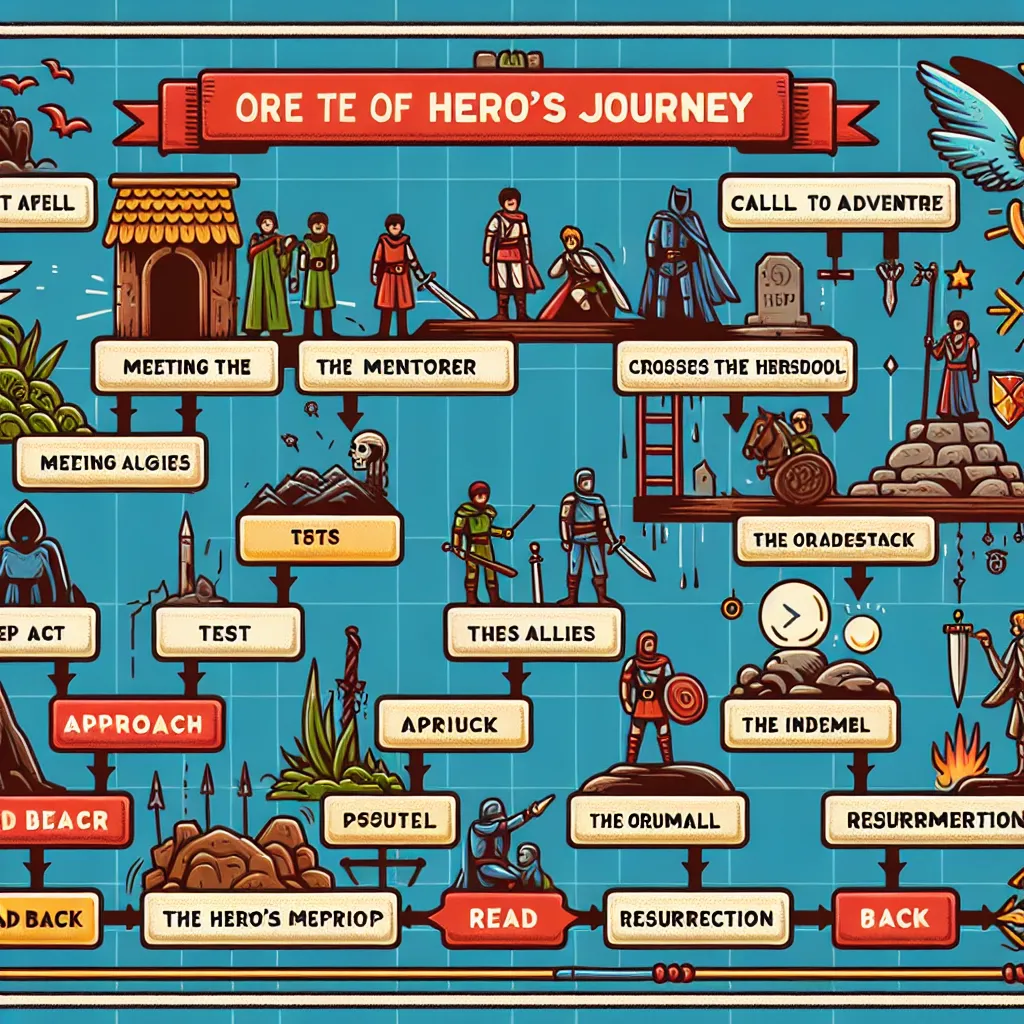 ### Station (B): Heroes Unveiled
### Station (C): Unraveling the Anglo-Saxon Legacy
### Station (D): Defending the Vulnerable: Heroes Among Us
### Station (B): Heroes Unveiled
### Station (C): Unraveling the Anglo-Saxon Legacy
### Station (D): Defending the Vulnerable: Heroes Among Us
Question Tags
If you want your question answered by an AI, click here.
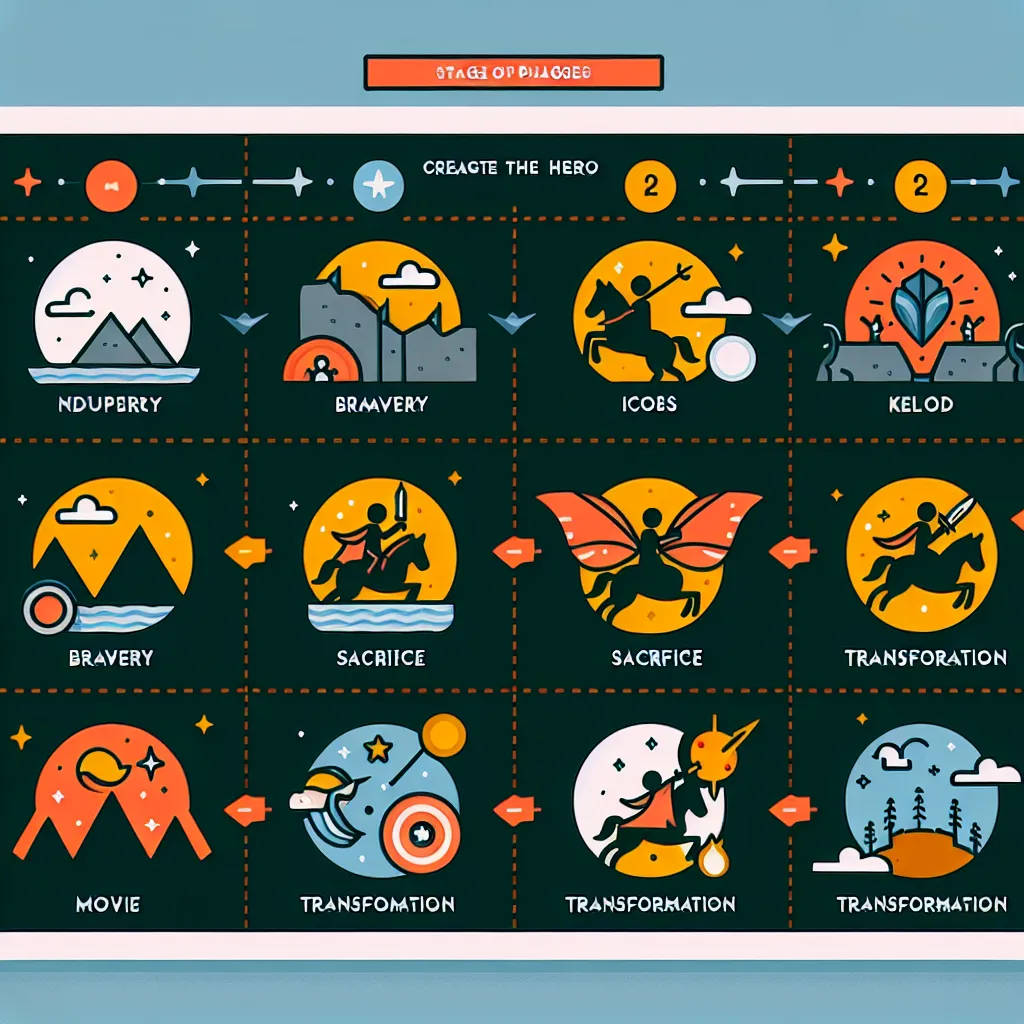
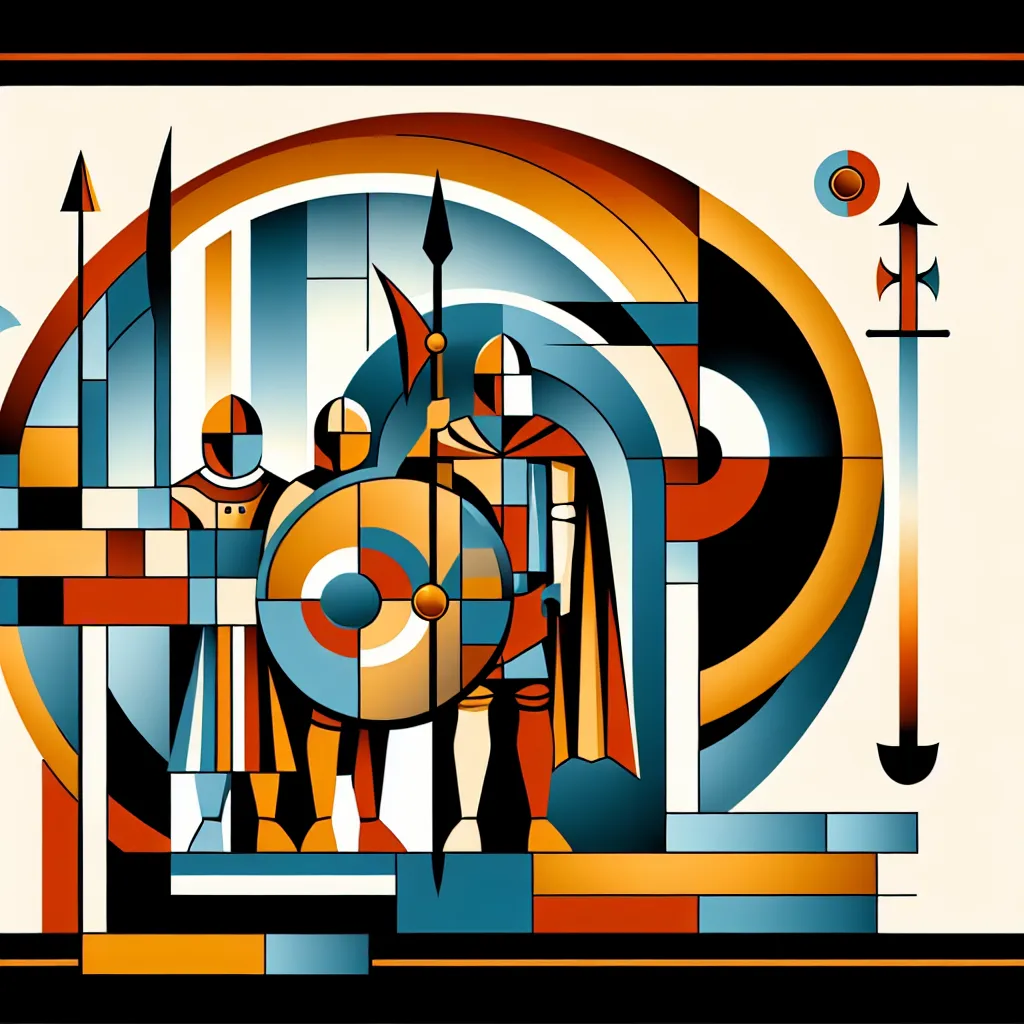
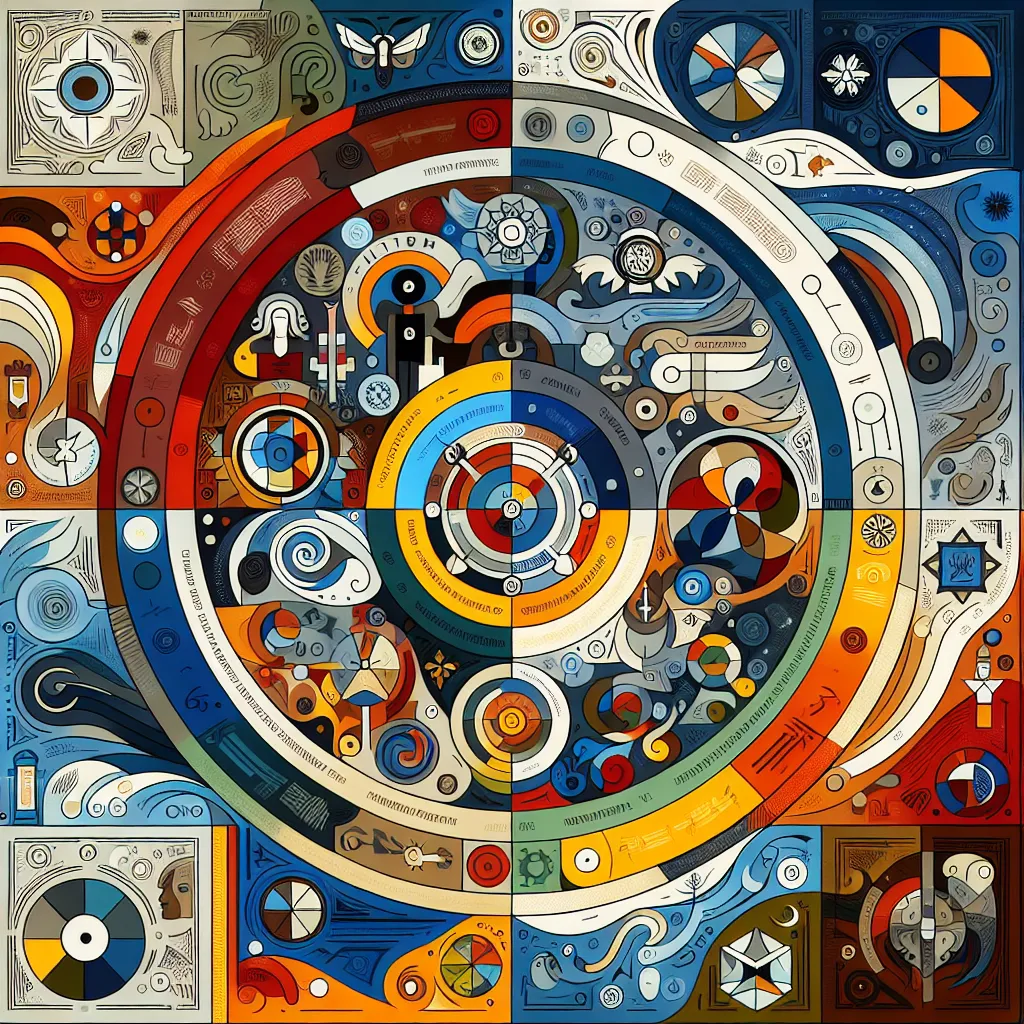
Post your own comment: